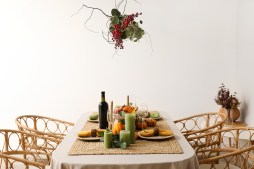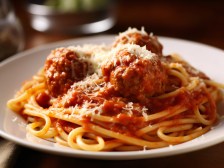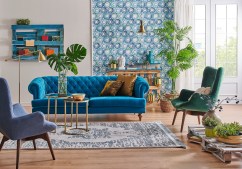Creative Variations on the Classic Design: Knitting Your Ideal Simple Scarf
Knitting a simple scarf is a delightful project for beginners and seasoned knitters alike. Not only is it a wonderful way to practice your knitting skills, but it also allows for creativity in design and color. In this article, we’ll explore various creative variations on the classic scarf design, helping you to craft your ideal piece that you can wear or gift with pride.
Choosing Your Yarn
The first step in creating a beautiful scarf is selecting the right yarn. There are countless types available, including wool, acrylic, cotton, and blends. When choosing yarn for your simple scarf, consider the texture and warmth you desire. For example, if you’re making a winter scarf, opt for a soft wool blend that provides insulation without being too bulky. If it’s more of an accessory for spring or fall, lighter cotton yarns may be ideal.

Selecting Your Needles
Once you’ve picked out your yarn, the next step is selecting knitting needles. The size of your needles can greatly impact the final look of your scarf. For most worsted weight yarns (a common choice), size 8-10 needles work well. However, always check the label on your yarn; it usually recommends an appropriate needle size. As you become more comfortable with knitting techniques such as tension and gauge, feel free to experiment with different sizes to achieve various textures.
Basic Knitting Stitches for Scarves
For a simple scarf project, mastering a few basic stitches will set you on the right path. The garter stitch (knit every row) produces a squishy texture that’s perfect for beginners and results in an attractive finish when combined with vibrant colors or patterns. Alternatively, try stockinette stitch (knit one row; purl one row) if you’re feeling adventurous—this pattern creates smooth fabric that’s equally charming.
Adding Personal Touches
To make your simple scarf unique and tailored to your style preferences, consider adding personal touches. You might incorporate stripes by alternating colors every few rows or introducing textured stitches like ribbing or seed stitch at intervals throughout the length of the scarf. Other ideas include fringe at each end or even embellishments like beads sewn into specific rows.
Finishing Techniques
Once you’ve reached your desired length—often around 60-70 inches—you’ll need to finish off your project neatly. Bind off by knitting two stitches then passing one over another until only one stitch remains on your needle; cut excess yarn leaving about six inches before pulling through this last loop tightly to secure it. Weave in any loose ends using a tapestry needle so that they’re hidden within fabric.
Knitting a simple scarf not only provides warmth but also offers endless opportunities for personalization and creativity. With just some basic knowledge about choosing materials and techniques involved in knitting scarves creatively —you’ll be able to create something truly special that reflects who you are as both an artist and fashionista.
This text was generated using a large language model, and select text has been reviewed and moderated for purposes such as readability.











